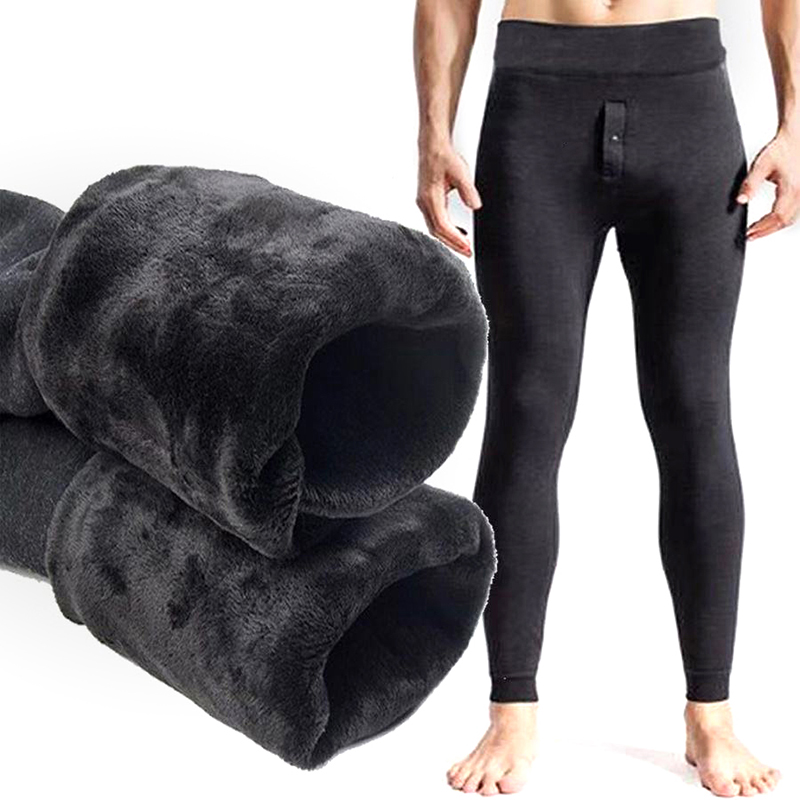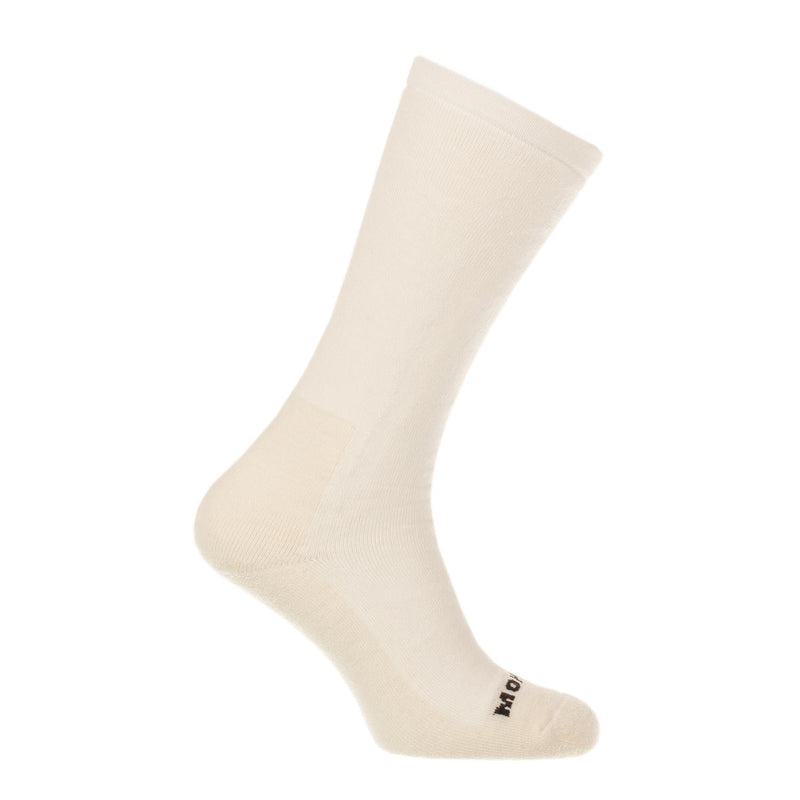New Suggestions To Deciding On Merino Wool Base Layers
Wiki Article
Why Is Yak Merino A Great Base Layer To Wear For Winter Sportswear?
Renewable and sustainable Yak Merino's wool base layer is extremely effective for winter sportswear, not only because it performs well but also due to its fiber-based benefits.
Both yak and merino wool are natural fibers derived from animals (yak and merino sheep, respectively). They are both renewable resources which can be harvested sustainably without harming animals. They can be biodegradable and not cause harm to the ecosystem.
Low Environmental Impact
Natural fibers are typically less damaging to the environment as compared to synthetic materials. The wool production process is more environmentally friendly than synthetic fibers because it is a less chemical-intensive process.
Energy Efficiency
Wool fibers consume less energy to process than synthetic fibers, such as polyester or nylon. The energy used in the manufacturing process of natural wool is relatively less, which results in lower carbon emissions.
Minimized Microplastic Pollution
Natural wool fibers are not in charge of microplastic pollution in waterbodies Contrary to synthetic fibers, which shed microplastics upon washing.
Durability and Recycling-
Yak Merino Wool clothes tend to last for a long time and are durable. lasting, which can extend their lifespan. Wool fibers are also reused or recycled to decrease consumption.
Sustainability Practices
Certain wool producers and manufacturers follow ethical and sustainable practices, ensuring animal welfare as well as responsible land management and fair working conditions for the workers in the production chain.
Environmental Certification-
The Responsible Wool Standard or Global Organic Textile Standard are certificates that prove ethical and environmentally conscious practices used in the wool production industry. They offer consumers assurances about the sustainability of wool production.
Base layers made from yak merino are typically environmentally friendly because they come from natural and renewable sources. They also have a minimal environmental impact when they are produced and use ethical and sustainable supply chains. This is due to the fact that natural fibers are eco-friendly. View the top this hyperlink for more advice including 400g merino wool base layer, merino wool first lite, minus 33 base layer, merino 250 base layer, warmest base layer for skiing, merino long underwear, wool thermal base layer, best base layer for skiing, best merino wool base layer women's, best ski underlayers and more.

What Are The Benefits Of Wearing Bamboo Clothing For Outdoor Clothing To Provide The Warmth, Comfort And Sustainability?
Comfort, sustainability and protection are just three of the numerous advantages that bamboo clothing provides for outdoor winter clothes.
Softness- Bamboo fabric is known for its softness and silky texture. It is a soft on the skin. Its soft and luxurious feel is frequently similar to silk or cashmere.
Bamboo fibers are known for their wicking properties which allows them to wick moisture away from the skin while keeping the wearer dry and comfortable.
Thermal Regulation- Bamboo clothing has natural temperature-regulating properties, providing warmth in winter while remaining breathable to prevent overheating.
Sustainability-
Bamboo is an eco-friendly resource. It grows quickly and without pesticides or chemical fertilizers. It regenerates quickly and therefore is a great option for clothing that is sustainable.
Low environmental impact- Bamboo farming typically uses less water than conventional cotton farming and it doesn't reduce soil nutrients. Bamboo absorbs and emits CO2 more than other plants.
Protection for Outdoor Wear-
UV Protection Bamboo fabric due to its inherent UV-resistant properties, provides a natural shield against harmful UV-rays.
Bamboo has natural antibacterial properties known as "bamboo-kun," that help to stop the growth of bacteria that cause odors. The clothes stay fresher for longer while outdoors.
Additional Benefits
Durability Bamboo fibers can be strong and durable, making them suitable for outdoor clothing that will undergo rugged use.
Biodegradability. Bamboo clothing is biodegradable property, meaning that it will naturally break down at the end of its cycle.
For outdoor winter clothes Bamboo fabric offers an array of comfort and thermal control. It also manages humidity and is environmentally sustainable. Read the top rated one-time offer about bamboo clothing for blog tips including checkered bamboo pajamas, bamboo yoga wear, bamboo onesies, bamboo pants for women, bamboo family pajamas, bamboo ladies pants, jacket bamboo, bamboo yoga leggings, mens bamboo clothing, bamboo sweatpants and more.

What Is The Way That The Bamboo And Merino Clothes Compare To Regular Wool?
Merino layers, regular wool, and bamboo clothing are different in their features.
Softness Merino is known for its fine soft fibers, which make it easy to wear. It's less likely than traditional wool to cause itching and irritation.
Moisture-Wicking Merino wool is extremely wicking properties that draw moisture away from the skin while let it evaporate, keeping the wearer comfortable and dry.
Merino Wool is an excellent insulation and can provide warmth even in wet conditions. It regulates temperature and provides warmth in cold weather while allowing breathability in hot weather.
Odor Resistance - It naturally inhibits the growth of bacteria that cause odor making clothes fresher even with extended wear.
Bamboo Clothing
Softness - Bamboo clothing has a soft, silky feel that is often called silk or cashmere. It's soft on skin and provides a luxurious wearing experience.
Bamboo fabric is a moisture-wicking fabric that draw moisture from the body and keeps you dry when you exercise.
Temperature Regulation- Bamboo clothing has natural temperature-regulating abilities, offering warmth in winter and breathability to prevent overheating.
Sustainability - Bamboo is a extremely renewable resource that grows quickly without the need for pesticides or fertilizers. It is biodegradable.
Regular Wool
Texture- Traditional wool may vary in texture with some wools being coarser and more prone to causing itching or discomfort.
Warmth- Wool is a great insulation, but it feels weighty and heavy.
Wool is not as effective as bamboo or merino fabric in wicking off moisture since it can absorb moisture. It retains the heat, even if it's wet.
In summary, merino wool provides a soft, supple feel, great moisture-wicking properties, odor resistance and insulation. Bamboo clothing has a luxurious feel, moisture-wicking properties, climate regulation, and sustainability. Regular wool comes in a variety of textures but may not have the same softness and moisture wicking properties as merino or bamboo clothes, however they can provide warmth and insulation. Each material caters to different preferences, and each has distinctive advantages. Check out the best merino winter clothing examples for site examples including skiing base layers, merino wool thermals, wool underlayer, wool mid layer, smartwool quarter zip, merino wool long underwear women's, smartwool 1 4 zip womens, smartwool 250, hh lifa merino, sweaty betty ski base layer and more.
